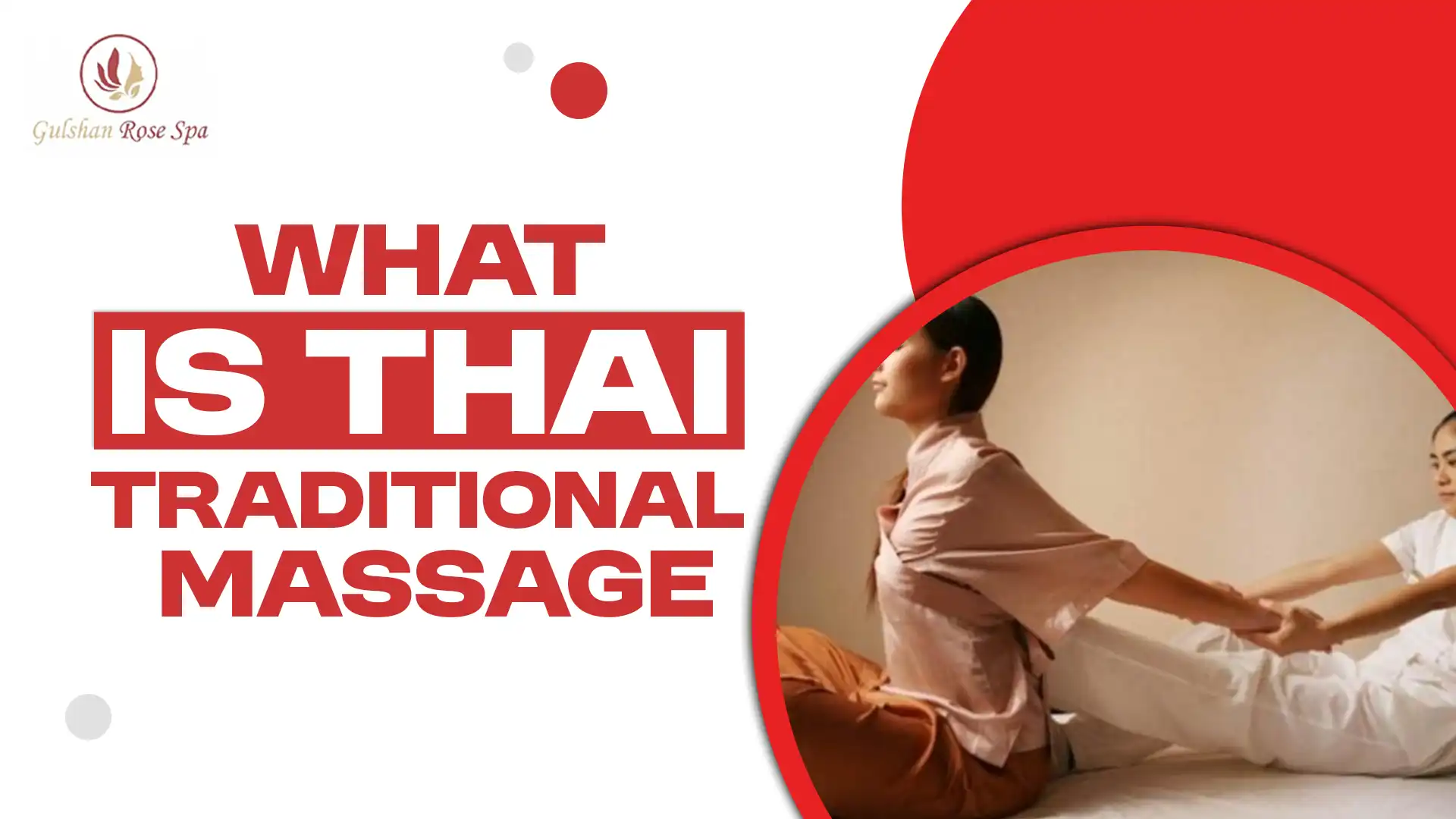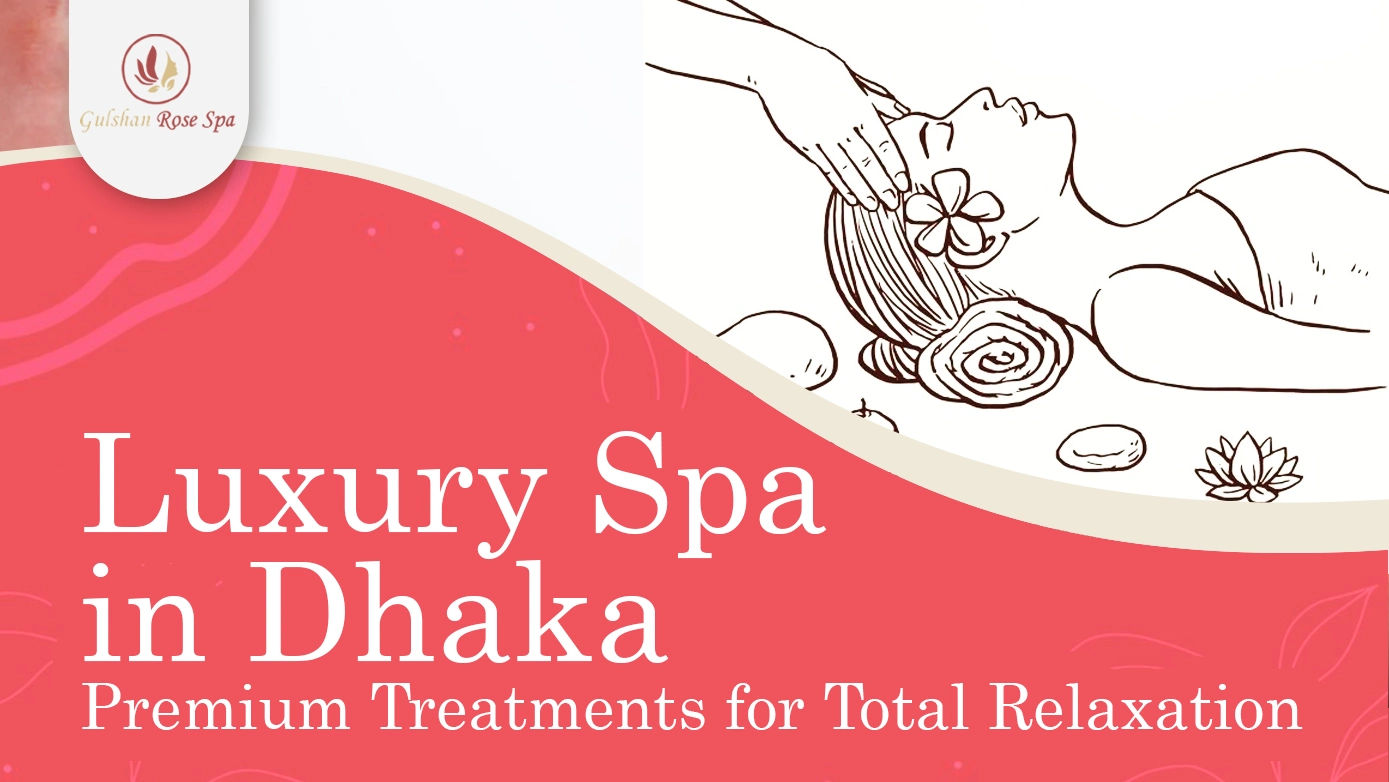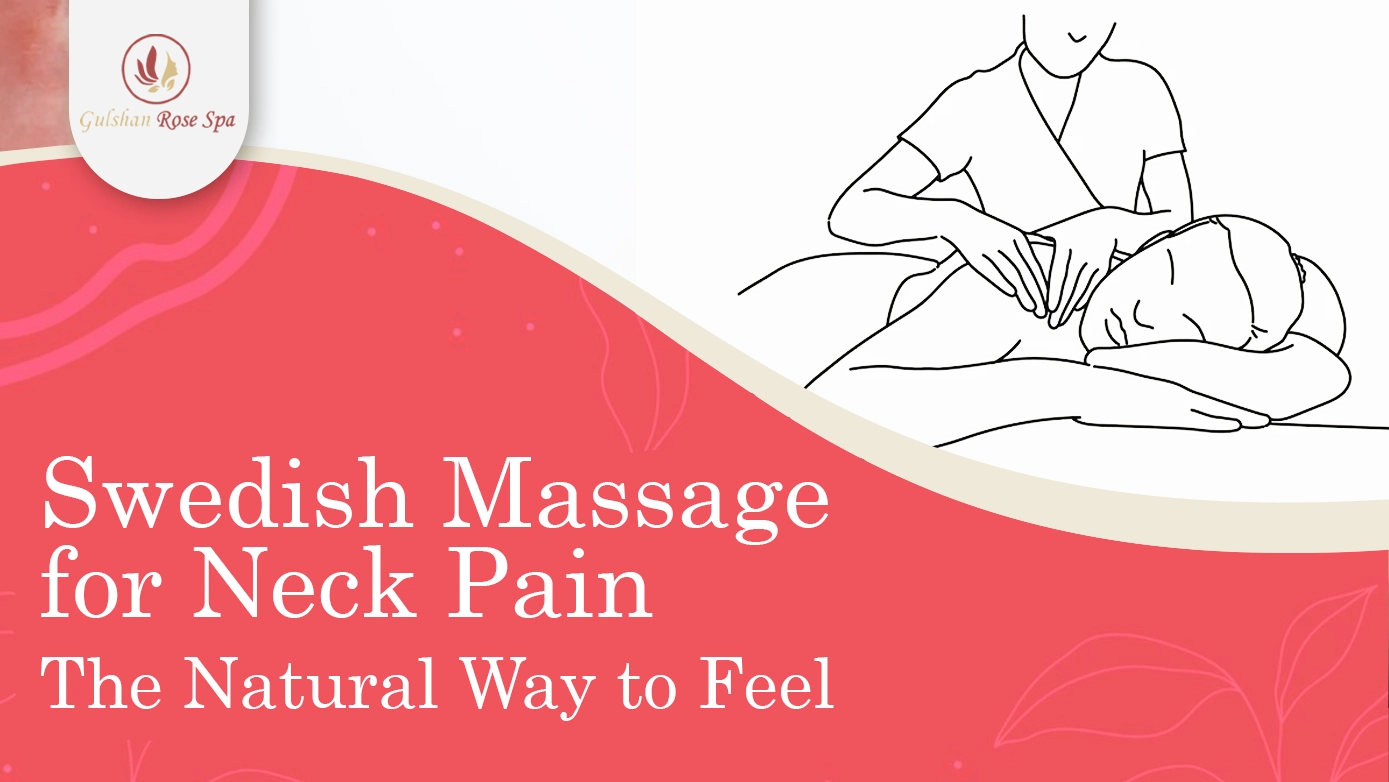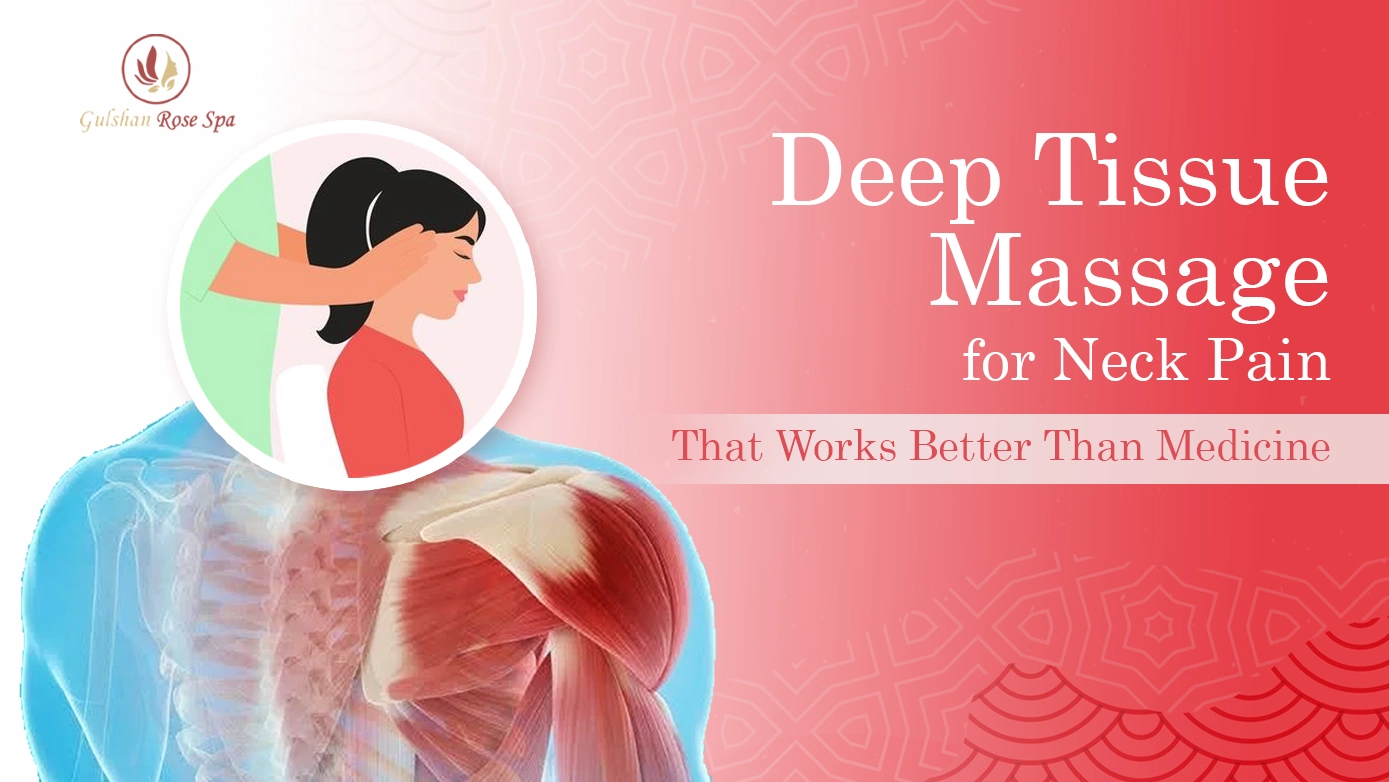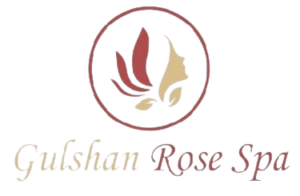Life moves fast. Stress builds up. Balance feels out of reach. That’s why many are turning back to ancient healing traditions. One that stands out is Thai Traditional Massage. It’s more than just bodywork—it’s a deep, mindful experience.
Rooted in centuries of Eastern wisdom, Thai massage blends movement, breath, and touch. It’s part physical therapy, part meditative practice. And it’s been around for over 2,000 years. Why? Because it works.
This guide will walk you through it all. You’ll learn where it came from, how it helps, and what to expect. Whether you want to stretch, de-stress, or simply feel better in your body, Thai body massage could be just what you need.
The Origins and Meaning Behind Thai Traditional Massage
Nuad Boran or Thai Traditional Massage is said to have been practiced for roughly over 2,500 years. It is a blend of Buddhism, Ayurveda, and ancient healing practices that incorporate Thai culture and spirituality.
The practice is believed to have been created by Dr. Jivaka Kumar Bhaccha, a physician who was a close associate of the Buddha. He developed Thai massage by mixing Indian Yoga, Chinese Meridian theory, and Ayurvedic principles.
This healing art flourished in the East with the spread of Buddhism. Monks took care of it more in the service of ‘wellness,’ using the practice not just for mitigation but as a nourishing rite, enabling the suffering to rest deeply while pain and harmony were restored.
The massage is performed on a mat with fully comfortable clothes. It incorporates acupressure, active deep stretching and energy work. Supervisors exert pressure using both hands and feet at the elbow or knee, guiding the body through gentle, yoga-like movements.
The goal is simple: to restore balance, flexibility, and energy flow. It’s a holistic practice with rich cultural roots.
What Makes Thai Traditional Massage Unique?
Thai Traditional Massage stands apart from Swedish or deep tissue massages. While those focus on muscle manipulation, Thai body massage takes a holistic approach. It works on the body’s physical, energetic, and emotional aspects. It blends movement, stillness, and breathwork to heal. Here’s what makes it unique:
No Oils or Lotions
In traditional Thai massage, no oils are used. The massage is done fully clothed on a mat. This allows deep pressure and movement without slipping. It’s perfect for those who want a dry, therapeutic experience.
Dynamic Stretching
Thai massage is often called “lazy man’s yoga.” It includes passive stretching. The therapist uses hands, elbows, knees, and feet to guide the body into yoga-like poses. This helps release tightness and improves joint mobility.
Acupressure & Energy Line Work
Thai massage focuses on Sen lines. These are like meridians in Chinese medicine or nadis in yoga. Therapists apply rhythmic pressure along these lines to stimulate organs and release energy blockages. This restores balance and harmony within the body.
Types of Thai Massage
Thai Traditional Massage is perhaps the most widely known, but there are other styles suited to specific needs. Each of them has distinct techniques to improve your healing journey.
Thai Oil Massage
In this version, warm oil is used along with smooth, flowing strokes. It relaxes muscles and moisturizes the skin. The massage is less intense than traditional Thai massage, making it suitable for those who prefer a gentler experience.
Thai Herbal Massage
This style blends Thai massage with the medicinal use of herbs. This Thai herbal massage uses heated herbal compresses that are placed against the body. They assist with tension relief, circulation, and skin health.
Thai Foot Massage
As the name suggests, this type of Thai massage focuses on the feet and lower legs. It’s best used to relieve tired legs and poor circulation. The level of pressure applied is lighter and more concentrated.
Nuad Thai (Traditional Thai Yoga Massage)
This is the essence of Thai massage. It combines deep pressure with stretching maneuvers. It is the most vigorous type as it aims to relieve pain, increase flexibility, and restore balance in the body.
The Full Body Thai Massage Experience
A traditional Thai body massage usually lasts between 60 to 120 minutes. The duration depends on the depth and focus of the session. Here’s what you can expect:
Initial Consultation
The therapist may ask about your lifestyle and any physical concerns. This helps them tailor the message to your specific needs.
Comfortable Clothing
You’ll be provided with soft, loose clothing. This ensures you can move freely during stretches.
Grounded Setting
Sessions take place on a firm mat on the floor. This setup fosters a deep, earthy connection.
Therapist Involvement
The therapist uses their body weight and entire frame. They’ll lean, rock, and press in a smooth, flowing rhythm.
Slow, Meditative Flow
Movements are synced with your breath. This creates a calming, meditative experience.
Check this out if you want the best Body Scrubs and Thai Massage.
Thai Traditional Massage vs Thai Oil Massage
Thai Traditional Massage and Thai Oil Massage offer two distinct experiences. Thai Traditional Massage is known for its deep stretching and energetic techniques. On the other hand, Thai Oil Massage is gentler and more soothing. Many spas now combine these two treatments into a Thai oil massage full body scrub session, providing a perfect mix of relaxation and rejuvenation.
Here’s A Quick Comparison Table
| Feature | Thai Traditional Massage | Thai Oil Massage |
| Clothing | Performed fully clothed | Performed with oils, usually undressed |
| Technique | Pressure, stretching, alignment | Smooth, gliding strokes |
| Use of lotion/oil | Dry technique, no lotions used | Uses essential oils for skin nourishment |
| Experience | Energetic and revitalizing | Soothing and deeply relaxing |
| Ideal for | Flexibility, joint relief, energy flow | Stress relief, skin care, and muscle recovery |
Whether you want a grounding or energising experience, or a peaceful and sensory retreat, each has its own unique benefits. Many people enjoy alternating between the two for a complete wellness routine.
For a deeper understanding, read this full Thai Massage vs Oil Massage blog.
Top Health Benefits of Thai Massage
From sports enthusiasts to office workers, full body Thai massage has something to offer everyone. Here are some benefits that are traditional alongside the science-based ones:
Improves Flexibility and Range of Motion
Mobilizing and deeply stretching joints can help with Thai massage. Loosening stiff ligaments and muscles is great for athletes as well as for people who have a more sedentary lifestyle.
Relieves Muscle and Joint Discomfort
Thai massage can relieve chronic pain by addressing pressure points. It also helps alleviate headaches, sciatica pain, and back pain related to poor posture.
Detoxification and Better Circulation
There is a noticeable improvement in blood flow and lymphatic drainage as a result of combining compression and movement. This helps the body excrete toxins while reinforcing the immune system.
Frees the Mind of Anxiety and Stress
Controlled breathing coupled with rhythmic movements puts the body into a relaxed state. This activates the parasympathetic nervous system, which is responsible for relaxation, mental clarity, and deep cognitive calm.
Improves Energy Flow and Mental Focus
According to the Thai healing philosophy, freeing up blocked energy lines improves a person’s life force. This translates into improved mental clarity and emotional wellness.
A Spiritual and Physical Journey
The Traditional full body Thai Massage does not merely heal the body, it restores physical and emotional well-being simultaneously. It creates a profound self-connection through every movement and its meditative wave.
People tend to overwork themselves, but they need to be reminded to take it easy sometimes. Not only does healing take place physically, but also emotionally and energetically.
Experience Authentic Thai Massage in Gulshan, Dhaka
If you’re looking for a place to experience this renewing practice, head over to Gulshan Rose Thai Spa, located in the center of Dhaka’s Gulshan society.
Our professional therapists ensure nostalgic touches with contemporary methods to suit every individual. If you’re looking for deep tissue work or just a simple getaway to help you unwind, we have Thai traditional massages and scrubs, along with full body oil massages. Balance and restoration are our focus, with a custom-tailored treatment just for you.
Step into serenity. Reconnect with your body. Book your appointment today at Gulshan Rose Thai Spa.
FAQs
Is Thai Massage Painful?
If your muscles are tense, some stretches and pressure point techniques may feel intense. A highly skilled therapist will work to find the best fit for your comfort level. Most people report feeling profoundly relaxed and rejuvenated after a session, even if they experience some mild discomfort during the massage.
What Should I Wear to a Thai Massage?
Looser and more comfortable clothes, like yoga pants or track pants, should be worn. Most spas will provide you with a special outfit that you need to wear, allowing you to change and move with ease throughout the session.
How is Thai Massage Different from Other Massages?
Without oils (unless it is a Thai oil massage), clothes are put on for traditional Thai massage which uses dynamic stretching and acupressure, rather than solely kneading and rubbing muscles. It is done with the subject fully clothed.
Can Thai Massage Help with Back Pain?
Yes, it is effective for back pain. It treats the inner thighs and abdomen as well, and helps relieve some of the tension in the back. Many clients report relief in flexible movement after some sessions.
Is Thai Massage Safe for Everyone?
Yes, generally. It is safer for most, but if you have certain health conditions, for example, recent injuries, osteoporosis, or pregnancy, it is smart to first consult with a doctor. Make sure to let the therapist know about any medical problems you have before the session.

